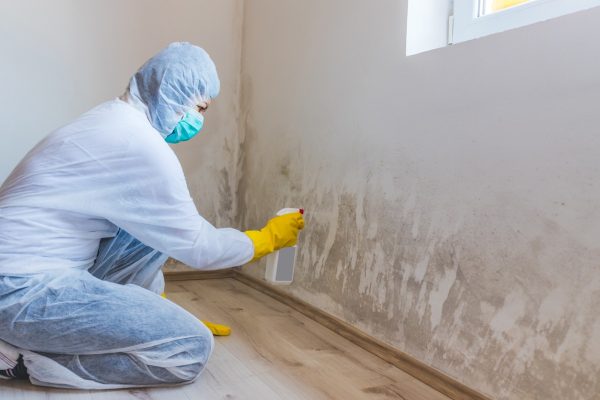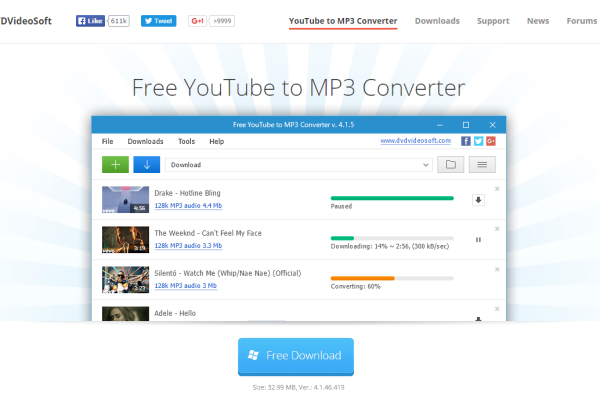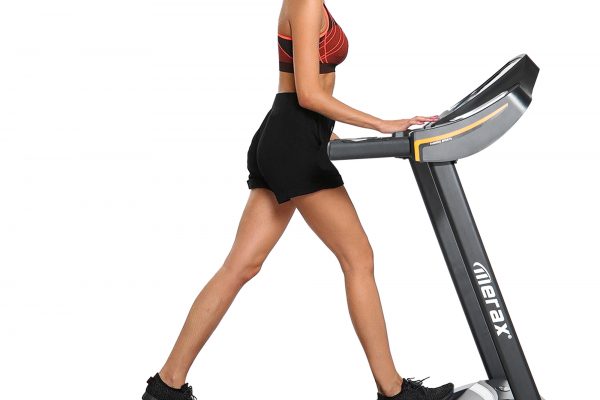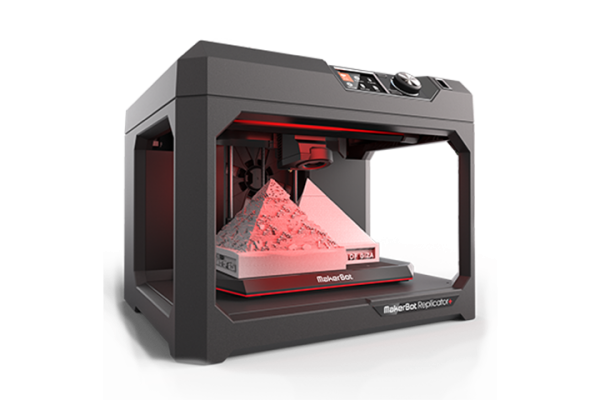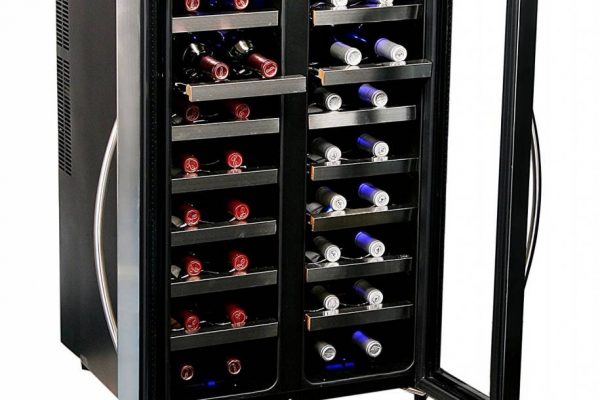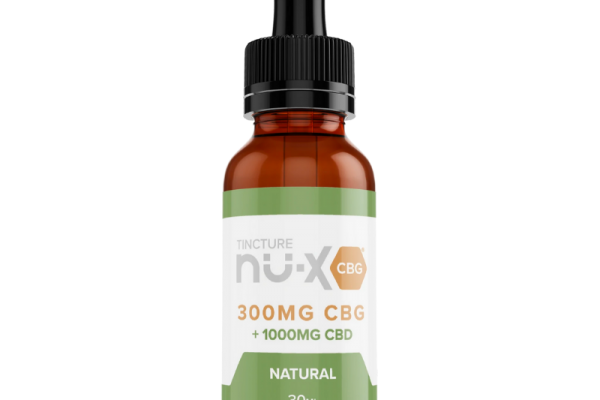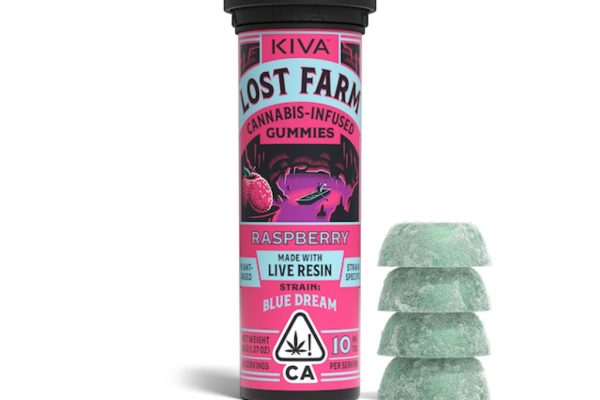An air-water heat pump is an efficient and cost-effective way to heat and cool your home. By using outside air as a source of heating, it can provide warm, comfortable temperatures throughout the year without consuming high amounts of energy. It works in much the same way as a traditional furnace or air conditioner but with the added benefit of being more environmentally friendly. In this article, we’ll explore how Õhk-vesi soojuspumbad work so you can make informed decisions when choosing one for your home.
What is an Air-Water Heat Pump?
Air-water heat pumps are climate control systems that draw heat from both indoor and outdoor sources to provide consistent comfort inside your home. The system typically consists of two main components – an outdoor condenser and an indoor evaporator – connected by refrigerant fluid pipes. When activated, the system draws in ambient air from outdoors through its condenser unit, compresses it into liquid form, then carries it through pipes to its evaporator inside. Here, the refrigerant absorbs any excess moisture and releases hot or cold-conditioned air back into your home depending on which setting you’ve selected on your thermostat.

Advantages of Air-Water Heat Pumps
The most obvious advantage to installing an air-water heat pump is its efficiency and cost savings compared to traditional heating and cooling systems. Since they use outside air as their primary source of energy, they require minimal electricity consumption while providing maximum performance; estimates suggest that they can be up to three times more efficient than regular HVAC systems! Additionally, many newer models feature advanced technology such as variable speed compressors designed to save even more energy by automatically adjusting their output based on indoor temperature levels. This means that you pay less for utilities each month while still maintaining a comfortable climate in your home all year long!
Maintenance Requirements for Air-Water Heat Pumps
Like any other mechanical system, regular maintenance is essential if you want your air-water heat pump to function at peak efficiency levels over time. It would be best if you had a qualified technician inspect and clean all parts at least once every two years; some manufacturers may even require annual service visits due to extended warranties covering labor costs associated with these maintenance visits. In addition to hiring professionals for larger jobs like cleaning filters or changing out refrigerants, there are several basic upkeep tasks homeowners can perform themselves (such as checking ducts for leaks) between visits from technicians in order to maintain optimal performance year-round.
Installation Considerations For Air Water Heat Pumps
Before purchasing an air-water heat pump system for your home, consider whether the installation will be straightforward or complicated based on existing infrastructure such as insulation type/quality within walls and ceilings, presence/absence of ductwork, etc. Depending on the complexity involved in retrofitting older homes with new systems – which could involve structural modifications – it may be more practical (and cost-effective) simply replace inefficient components rather than investing in a complete replacement package right away! Make sure you consult with experienced contractors who specialize in HVAC before making any decisions regarding installation requirements & procedures so you get exactly what fits best within budget constraints + expectations alike!
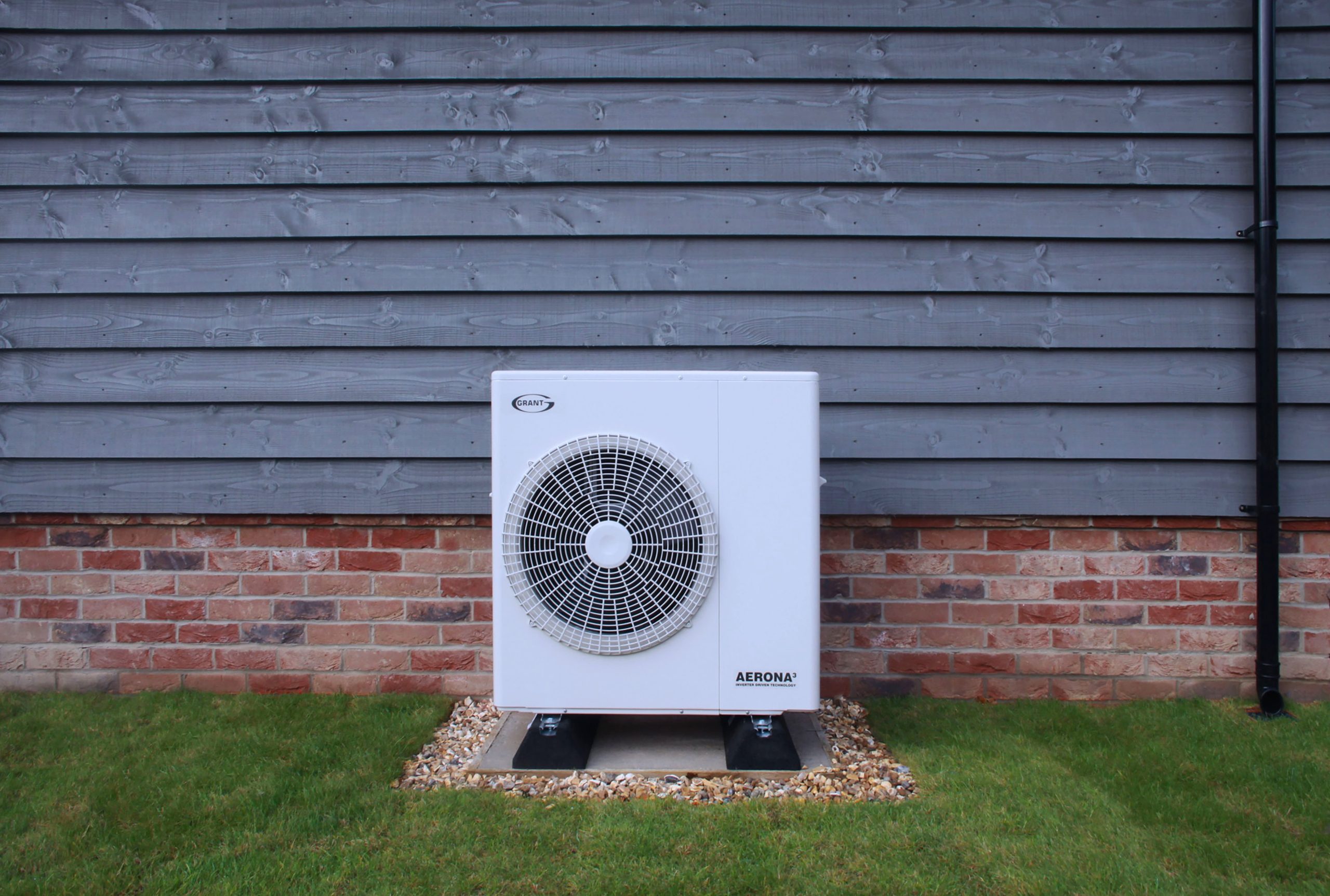
Costs Involved With Air Water Heat Pumps
The upfront costs associated with installing an air-to-water heat pump system can range from $2,000-$15,000 depending on various factors such as desired size/efficiency level + local market conditions etc. This does not take into account the additional costs directly associated with the installation; these also tend to vary widely due in part to the skill set required + geographical location involved – again, consultation with professionals is recommended before proceeding. However, considering the potential long-term benefits associated with reduced utility bills + improved quality of life within the space being heated/cooled – investing now could prove worthwhile for years to come.
Conclusion
From increased efficiency ratings & lower running costs relative to traditional options to greater environmental friendliness & improved quality of life provided by modern models: understanding the basics pertaining to working principles + overall benefits posed by installing one’s own domestic air-to-water heat pump setup is certainly a beneficial exercise indeed! Whilst the initial investment required may initially appear daunting, once the entire equation is factored in, one is likely to find multiple compelling reasons to finally take the plunge towards becoming a cooler, cleaner, greener future owner today itself!







